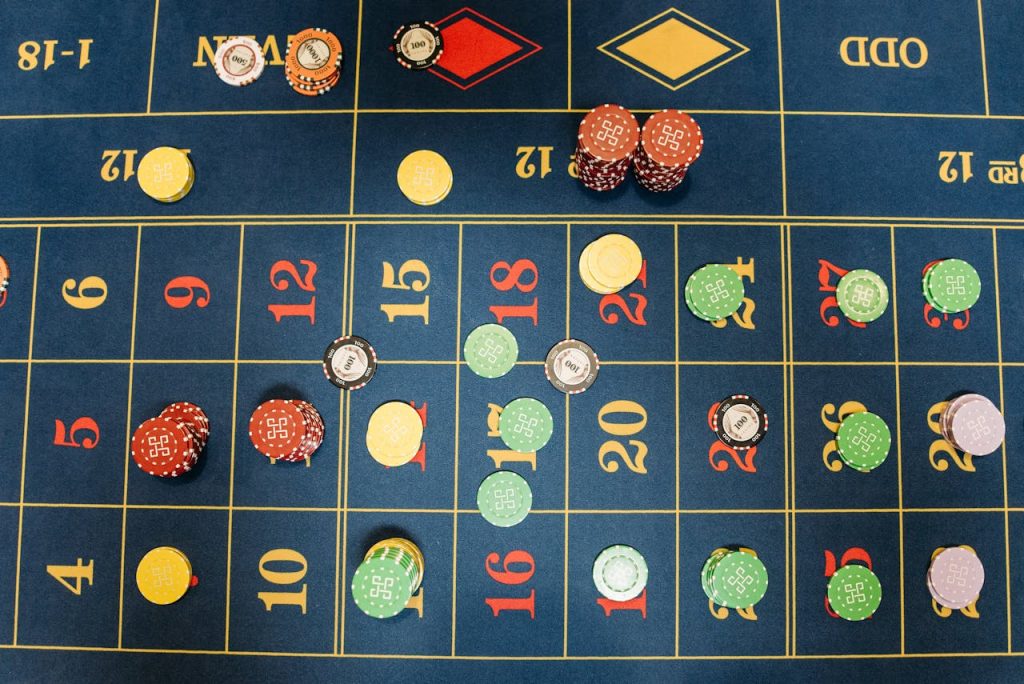
Developing a bankroll management system for a professional player
Client
Experienced poker player
Result
Increase in average winnings by 18%
Region
USA
Delivered
May 2022
In my practice I met a client who had been playing poker for many years and even had an impressive amount of knowledge. At the same time, his income was so unpredictable that it peaked in one tournament and instantly dropped to zero in the next. It would seem that a sufficient understanding of strategy should ensure stable results, but the reality was harsher. There was a feeling that many years of experience was partially overridden by the lack of a systematic approach to the bankroll.

Optimizing the allocation of funds and performance analysis
First, I gathered detailed data on his previous sessions. I tracked which tournaments turned out to be profitable and which ones took away a big chunk of his bankroll. Then I suggested a structure of funds allocation: a part of funds goes to average tournaments, where the chances to win prizes are higher, and a part – to rare expensive events, but only if the client is really strong in their format. He also recommended to look more often at the statistics of the opponents, because in some formats the field is much simpler, which affects the final profitability.
Emphasizing transparency and discipline
At the same time, I convinced the client to carefully record the results of each session. Tables, graphs, reports – all this helped him to see where he was consistently making a profit and where the risk was not justified. At first he thought that detailing was a waste of time, but after a couple of weeks he admitted that the numbers reveal many hidden problems.
The result: an 18% increase in the average win rate
A month and a half later, the situation changed for the better. The client noted that regular tournaments bring a more even income, and participation in large series became more reasonable due to clearly set aside funds. Recent calculations have shown that average winnings have increased by about 18 percent. This is not a miraculous transformation, but the result of a calibrated strategy and rigorous self-discipline that has been instilled through comprehensive analysis and prioritization.
